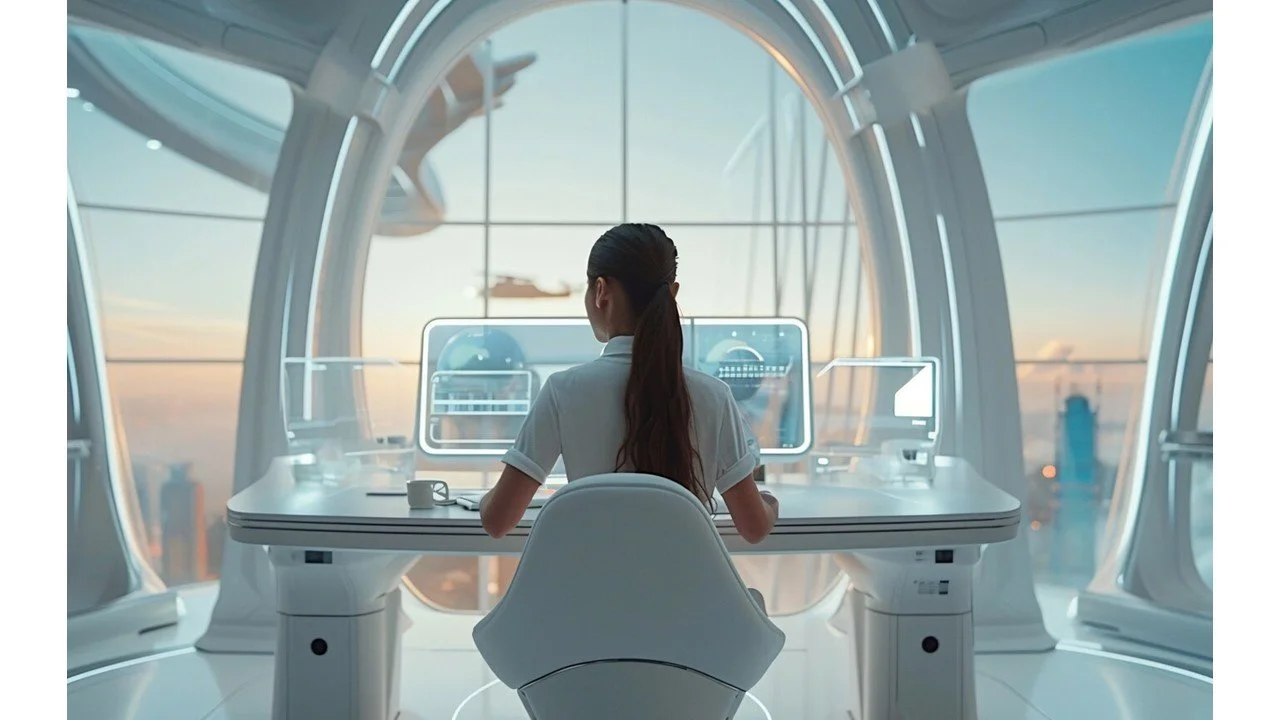The Future of Hospital Care in 2035
Hospital of the Future
SUMMARY:
The healthcare landscape is evolving at a rapid pace.
The shift from inpatient care to outpatient care has been evolving for decades and will continue on this trajectory
Digital transformation coupled with new innovative technologies will drive a patient centric approach to care within the hospital
In addition, we will see a rise in the “smart” infrastructure of the hospital facility itself.
REVIEW
The future of hospital care will fall into 5 major categories:
The People/Technology Interface
Artificial Intelligence
Robotics
Telehealth
Smart Infrastructure
People/Technology Interface
The people interacting with the system should be considered first.
SINGLE PATIENT DASHBOARD: Coalesce data from all systems into a single patient dashboard with all salient data to care for the individual patient.
PATIENT POPULATION: Better management and engagement tools for the entire population. Analyze real time data to improve outcomes.
REVISED PATIENT JOURNEY: To optimize patient flow through the hospital from the ED through discharge.
Artificial Intelligence
Artificial Intelligence (AI) services for the prediction, diagnosis and treatment of disease enhancing the effectiveness, efficiency and costs.
Large Language Modules (LLM) with advanced digital tools through generative AI making care delivery more precise and efficient.
AI algorithms will identify the optimal location of service, the right clinician provider and predict transfer, care progression and discharge.
Minimize administrative tasks
Reduce wait times
Maximize time provider has with patient at point of care
Expand capacity
Improve efficiency & health outcomes
Profitability
DIGITAL TWINS: To simulate responses to various treatments.
Robotics
Perform actions on behalf of humans in a variety of settings (surgery, rehabilitation, nursing, logistics.
Delivery of:
Food
Medications
Supplies
Pick up trash
Telehealth
Augment traditional bedside care
Shift from reactive to proactive care
Synchronous and asynchronous care delivery
eConsults
Enhance care coordination
Improve clinical outcomes
Enhance patient experience
Improve efficiency
Expand clinician access
Remote patient monitoring within the hospital
Smart Infrastructure
Increased digitation of the building
Redesign of the physical environment: As more services move into the outpatient arena, the hospital will consist of a population of patients with increased severity of illness.
ALL CARE, ANYWHERE: Scalability of a room – ability to scale up or scale down the room based on patient needs
Total Room Automation by patient or family
Lighting
Temperature
Shading
Centralized tracking of supplies, assets and people
Support patient social needs (food security, utility access, housing).
CONCLUSIONS:
The next decade will offer new opportunities and technologies to dramatically improve the provision of patient care.
Integration of smart infrastructure with technology will increase efficiencies, patient comfort and outcomes.
The benefits of these advances will be groundbreaking, but only if we embrace and innovate these opportunities.



